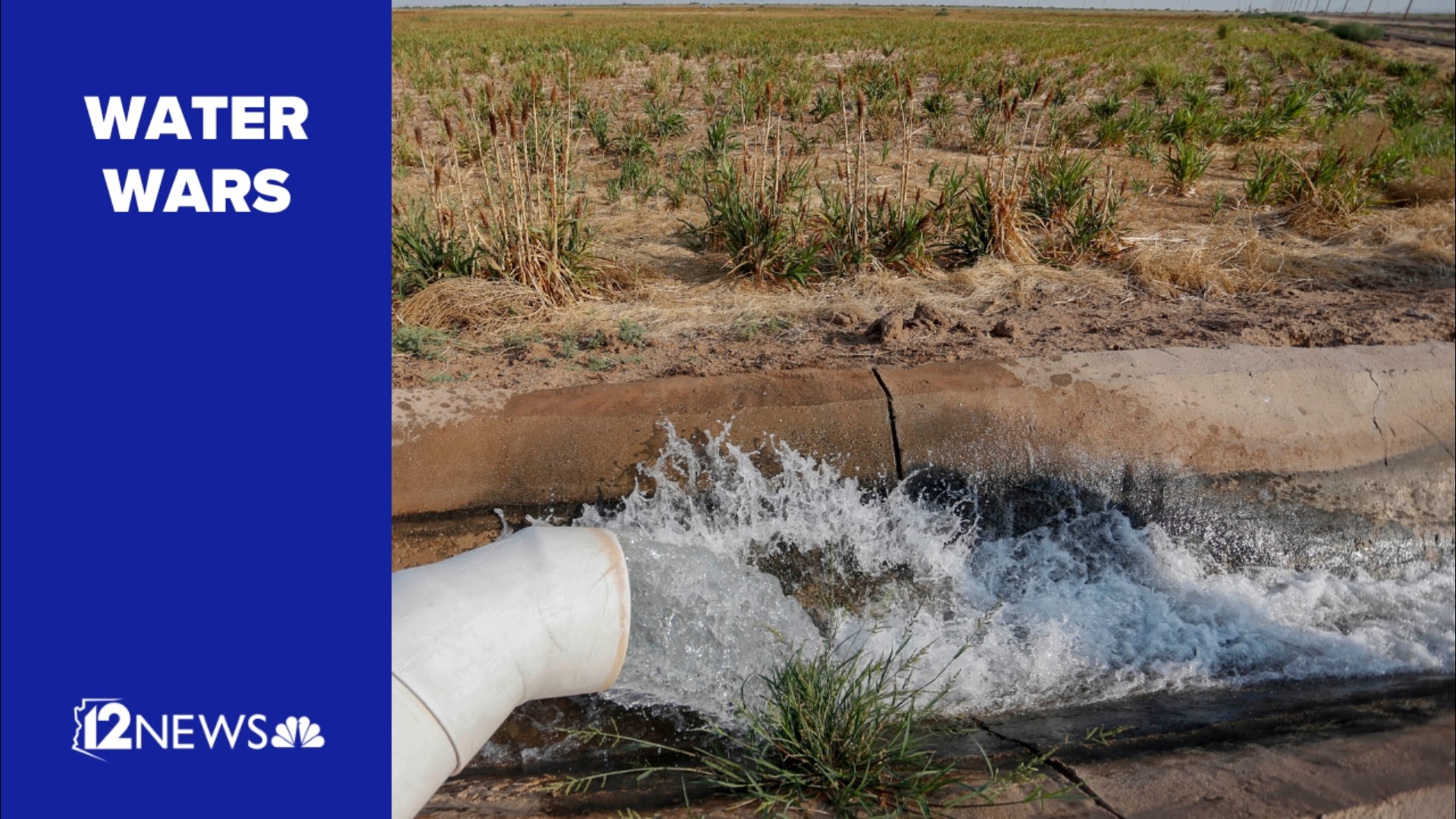PHOENIX — First, the bad news.
The Southwest's megadrought is not going anywhere. And that means Arizona's water problems aren't going anywhere either.
The good news: it probably won't affect municipal water supplies for a long time.
“If I had to bet money on it," said Sarah Porter, director of the Kyl Center for Water Policy at ASU, "I would bet that we will not see the bigger cities moving to mandatory restrictions."
Porter said there's a simple reason for that. Despite water cuts gaining frequency in the past few years, lake levels dropping and snow levels decreasing...most cities have excess water.
When cities don't use their full allocation of water, they typically bank it, Porter said. That means putting it back into the ground to store for later.
"We're all told it's really good to have your deep savings account as well as your checking account," Porter said. "Well, that water that cities have been storing in the ground is the deep savings.”
Porter said that the deep savings account isn't getting replenished as much as it used to, but that shouldn't be a problem for many years.
“They're trying their best to prepare operationally, prepare their treatment plants, prepare being able to move other water supplies around," said Warren Tenney of the Arizona Municipal Water Users Association.
But that begs the question: If water is getting cut and cities are counting on water in the bank, how does the Valley keep growing at a rate of six people a day?
"Population growth and economic growth have been decoupled from water demand," Porter said.
So basically...the growth rate doesn't matter much.
Thanks to math that involves excess water, conservation, reuse and advances in efficiency, population growth doesn't take as big a chunk of water as it used to.
An acre-foot of water used to equal roughly the amount of water that an average household uses in a year. But it now roughly equals the amount of water that three households use in a year.
The experts say agriculture will still see the biggest impact from water cuts. And that impact will likely be passed on to consumers in the grocery store.
RELATED: No more winter vegetables? Upcoming Yuma water cuts to threaten entire US food system, experts say
Up to Speed
Catch up on the latest news and stories on our 12 News YouTube playlist here.

